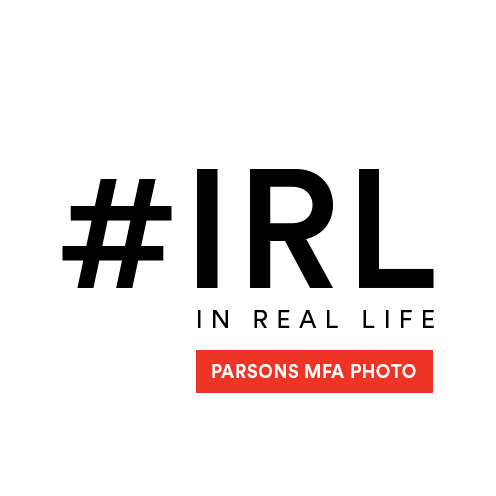On the Passage of a Few People at Parsons Through a Rather Brief Moment in Time
The thesis show is a curious beast. Only occasionally curated or thematic, it nevertheless arrives burdened with expectations of cohesiveness or, at least, a kind of pulse-taking—a visual/material snapshot of the position of a group of artists as they emerge into the world. A rite of passage, it marks the moment when artists metamorphose from students to accredited professionals, whether they burst out autonomous and fully formed, like Athena from the head of Zeus, or branded by a signature style of a professor or a school. If nothing else, the thesis show represents a manifestation of a group of individuals trying to make sense of two years of shared experiences and bodies of knowledge. These people, often young, have chosen to pursue a field of endeavor with little chance of monetary reward in order to try to make the world just a little bit better, by giving themselves—and us—a new way of looking, or thinking, or feeling.
In this regard, #IRL: In Real Life, the 2014 Parsons graduate photography program thesis exhibition, is nothing special. By this, I do not mean to downplay the achievement of its participants, which is substantial, but rather to note that what makes it singular is, in fact, the experiences and bodies of knowledge so recently shared by these artists, and the particularities of the new ways of looking, thinking, and feeling that they give us. These shared experiences have been numerous and varied. Yet none of them could be as affecting as the tragic loss of one of their cohort, Daniel L. Williams, who checked out far too soon, leaving behind promising work and indelible memories both painful and joyous. His absence, I think, may be felt in the work of his fellows—certainly not overtly, maybe not even perceptibly, but acknowledged in some way: a sensitivity, perhaps, to a shared experience.
While undoubtedly never meant to comprise a thematic group show, the works in #IRL: In Real Life, we could argue, cohere by means of a certain sensibility. We might even characterize this as an embrace of the ineffable, a willingness to entertain the notion that something exists beyond the ordinary world. Lara Atallah, Berk Cakmakci, Craig Callison, Xiao Chen, Daniel Cherrin, Magali Duzant, Michelle Claire Gevint, Jordan Hood, Woo-ram Jung, Gabriel H. Sanchez, Kristin Sigurdardottir, Jonathan David Smyth, and Michael Winfrey, provide us with modes of understanding that delve further than the merely empirical. Each creates thoughtful work of such specificity that it seems to achieve, “utopically,” as Roland Barthes said in Camera Lucida (one element of the shared knowledge of these artists) of a photograph of a lost loved one, “the impossible science of the unique being.”
Joseph R. Wolin
